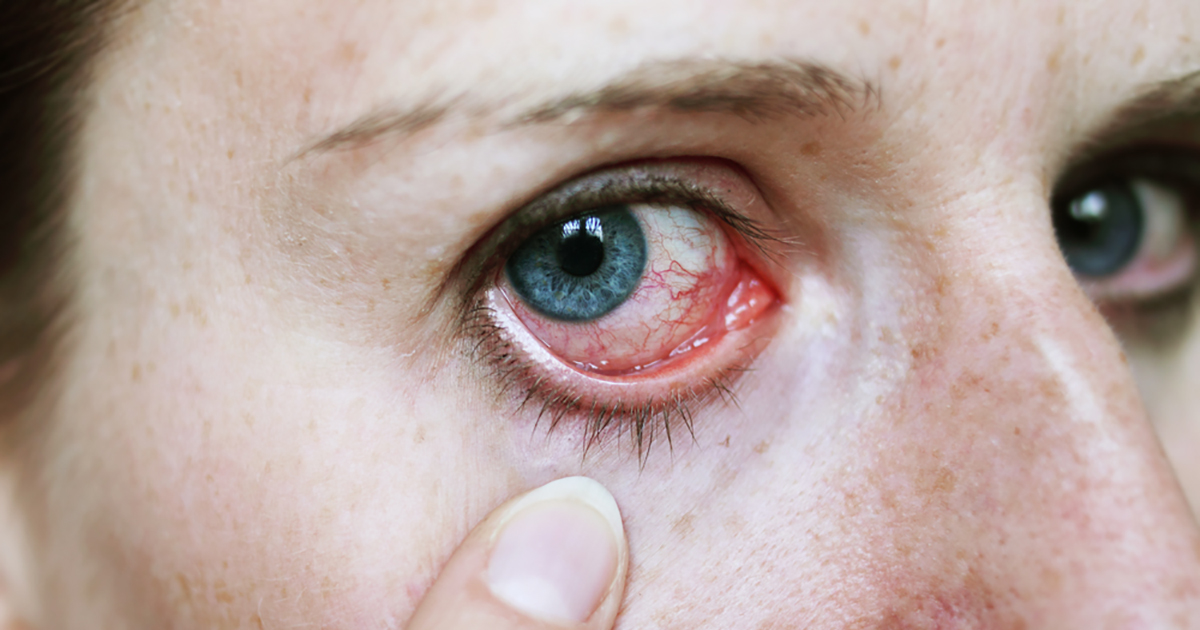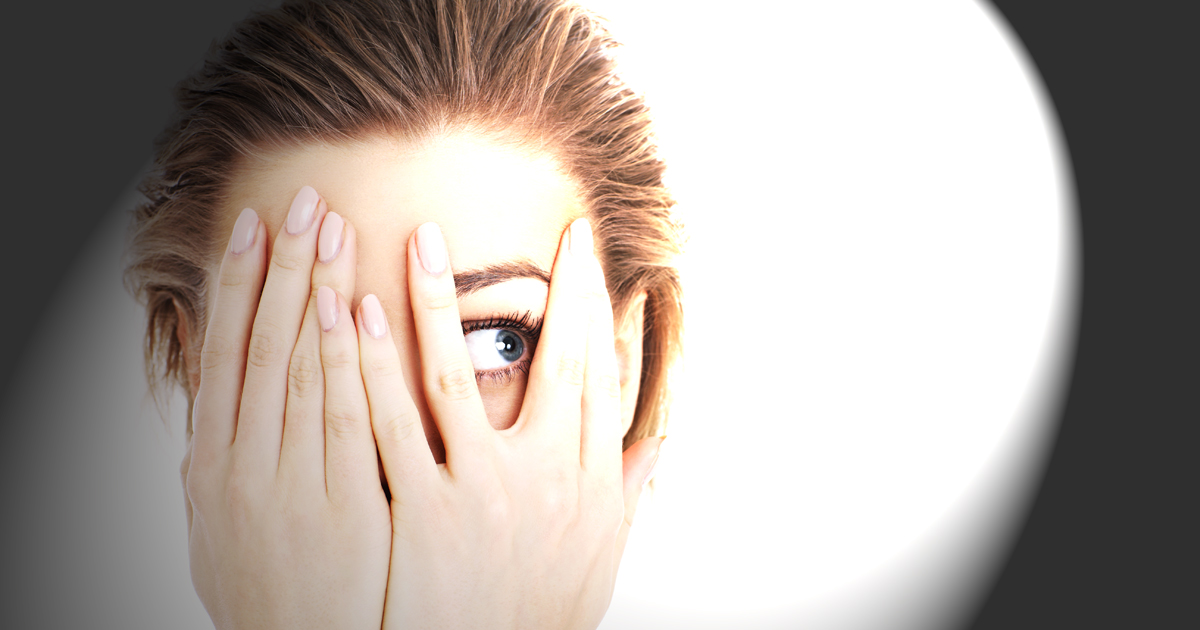Symptoms And Progression Of Trachoma
Light Sensitivity
Patients with trachoma may have varying degrees of light sensitivity, which is also known as photophobia. The eye discharge, corneal scarring, and inflammation of the upper lid that occur with the disease could all make light sensitivity worse. To manage this sensitivity, patients should use any eye drops they have been prescribed, and they may wish to use artificial tears to decrease dryness that could trigger the sensitivity as well. Staying in a dark room is not recommended. Instead, experts suggest gradually increasing exposure to light. In addition, patients may need to take steps to reduce glare and reflection inside their living spaces. For example, reflective or shiny surfaces that can cause intense light sensitivity can be covered with a towel or sheet, and cleaning counters and mirrors will reduce streaks that may also contribute to glare. For patients who wear glasses, tinted lenses may be available for protection from potentially painful kinds of light wavelengths, and it may be necessary to wear sunglasses with polarized lenses while outdoors. Some patients with photophobia may also have depression or anxiety, and speaking with a mental health professional may improve symptom management.
Learn more about symptoms of trachoma and their progression now.
Progression Of Inflammation

The inflammation that occurs with trachoma is divided into stages. In the first stage, known as follicular inflammation, an eye specialist will see at least five follicles on examination with magnification. Follicles are tiny bumps that contain white blood cells, and they will be visible on the conjunctiva, the inner surface of the eyelid. As the inflammation continues to the second stage, intense inflammation will be observed. The upper eyelid will be thicker than normal, and swelling will also be present. If the patient has had trachoma for a long time, the inflammation may produce scars on the inside of the upper eyelid. These scars typically appear as white lines when viewed under magnification. As inflammation progresses, the inner part of the eyelid becomes deformed, and both the eyelid and the upper lashes could turn inward, a condition known as entropion.
Get more details on the symptoms of trachoma now.
